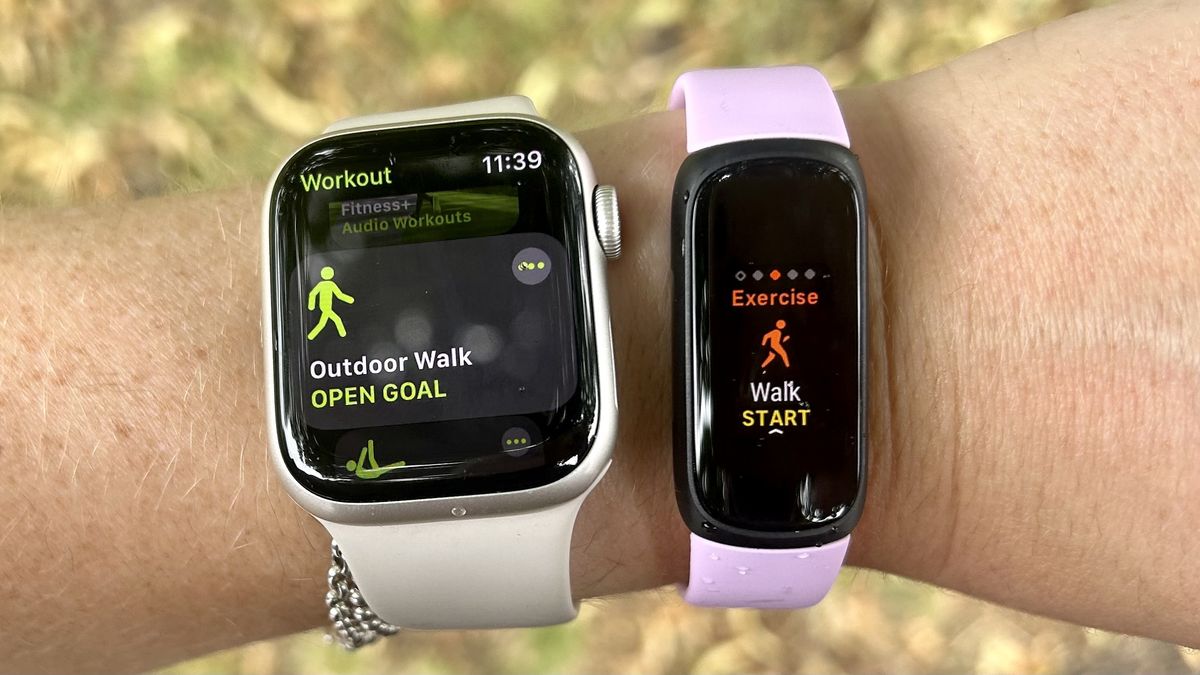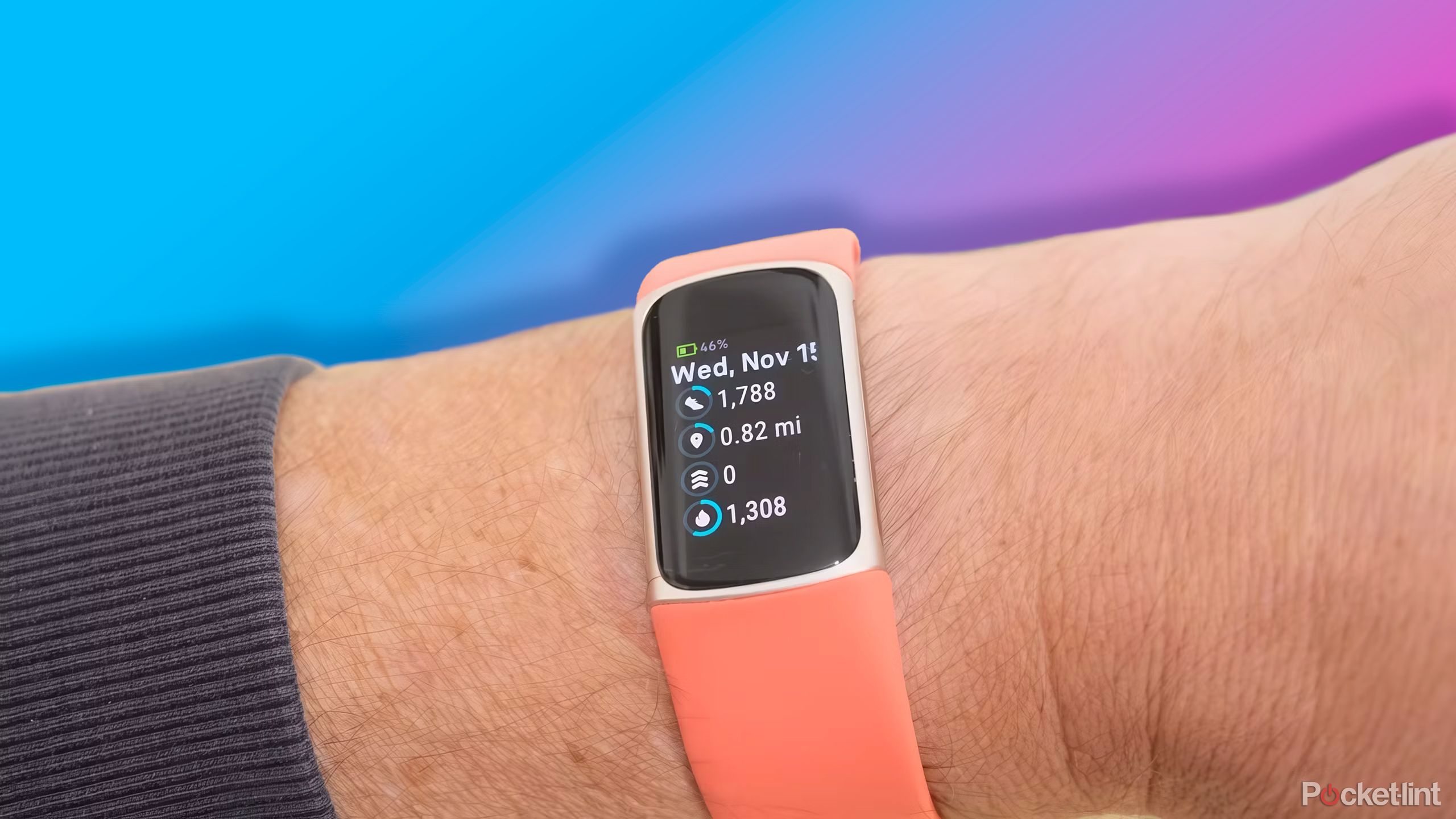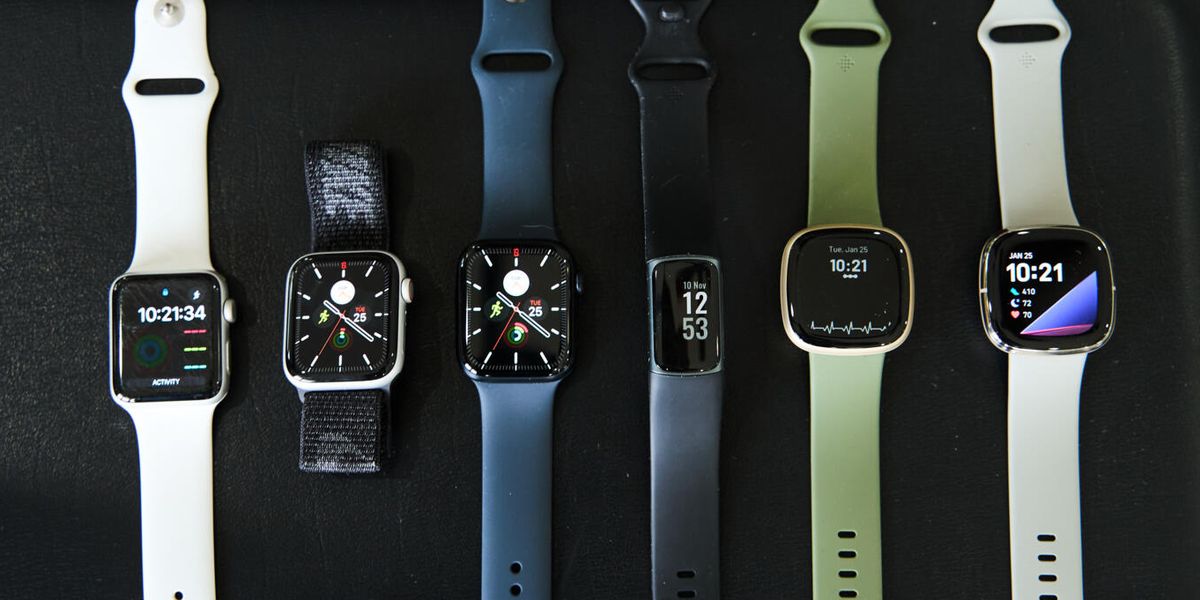Can You Sync Apple Watch To Fitbit App
:max_bytes(150000):strip_icc()/Appl_watch_Fitbit_02-f6d88db1db0146f3a8ab2f38ce746a26.jpg)
Imagine starting your day, glancing down at your Apple Watch, tracking your steps and heart rate with ease. Then, you open your Fitbit app, hoping to see all that data seamlessly integrated, providing a comprehensive view of your health journey. But the screen remains stubbornly blank in that section, reflecting a frustrating reality for many fitness enthusiasts.
The burning question on many users' minds is: Can you sync an Apple Watch to the Fitbit app? The short answer is no, not directly. While both devices excel at tracking fitness metrics, they operate within closed ecosystems, making direct synchronization impossible without third-party workarounds.
The Tale of Two Ecosystems
Apple and Fitbit have established themselves as leaders in the wearable technology market, each offering a unique blend of features and user experience. Apple Watch, known for its seamless integration with the Apple ecosystem, boasts advanced health tracking capabilities, communication features, and a sleek design.
Fitbit, on the other hand, built its reputation on dedicated fitness tracking, focusing on activity levels, sleep patterns, and overall wellness. Fitbit users often praise its long battery life and comprehensive app, which provides detailed insights into their health data.
The incompatibility stems from the companies' strategic decisions to create closed ecosystems. This approach allows them to control the user experience, data security, and monetization strategies within their respective platforms. Consequently, direct data sharing between Apple Watch and Fitbit is not officially supported.
Third-Party Solutions: A Glimmer of Hope
While direct syncing isn't possible, several third-party apps and services attempt to bridge the gap between these two ecosystems. These solutions often work by extracting data from one platform and transferring it to the other, using APIs (Application Programming Interfaces) that allow limited data access.
Apps like Health Sync (for Android users), can pull data from Apple Health (which Apple Watch data syncs to) and push it to Fitbit. This is not a perfect solution. Users should be aware of the potential privacy implications and limitations of these third-party apps before granting them access to their health data.
Another consideration is the reliability and accuracy of the data transfer process. Because these apps rely on indirect data exchange, there may be occasional discrepancies or delays in syncing. Always check the app's review and terms of use before trusting the app.
Why the Demand for Synchronization?
The desire to sync Apple Watch data to the Fitbit app arises from several factors. Some users may prefer the Fitbit app's interface, community features, or historical data tracking capabilities.
Others may have previously used Fitbit devices and accumulated a wealth of data that they don't want to lose when switching to an Apple Watch. The ability to consolidate all their fitness data in one place would provide a more holistic view of their health journey, regardless of the device they're currently using.
Furthermore, data aggregation can enable more advanced analysis and personalized insights. By combining data from different sources, users could gain a deeper understanding of the interplay between their activity levels, sleep patterns, and overall well-being. This demand for unified data highlights the growing trend toward personalized health management.
Looking Ahead: The Future of Data Interoperability
While the current situation presents challenges, the future of wearable technology may hold promise for greater data interoperability. As consumers demand more flexibility and control over their data, companies may be compelled to adopt more open standards and APIs.
Collaboration between industry leaders could lead to the development of standardized data formats that allow seamless exchange of information between different platforms. This would not only benefit users but also foster innovation by enabling developers to create more sophisticated and integrated health and fitness solutions.
In the meantime, users seeking to sync their Apple Watch data to the Fitbit app will need to rely on third-party solutions or manually transfer data between platforms. While these workarounds may not be ideal, they offer a glimpse of the potential for a more connected and user-centric future of wearable technology.

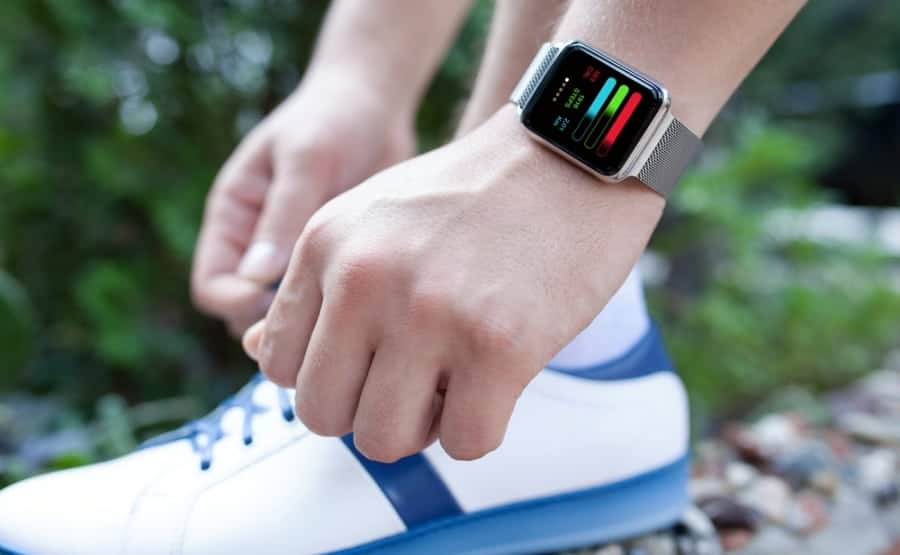


:max_bytes(150000):strip_icc()/Appl_watch_Fitbit_04-dc4c604ea5364227a20e959785cbf9c8.jpg)
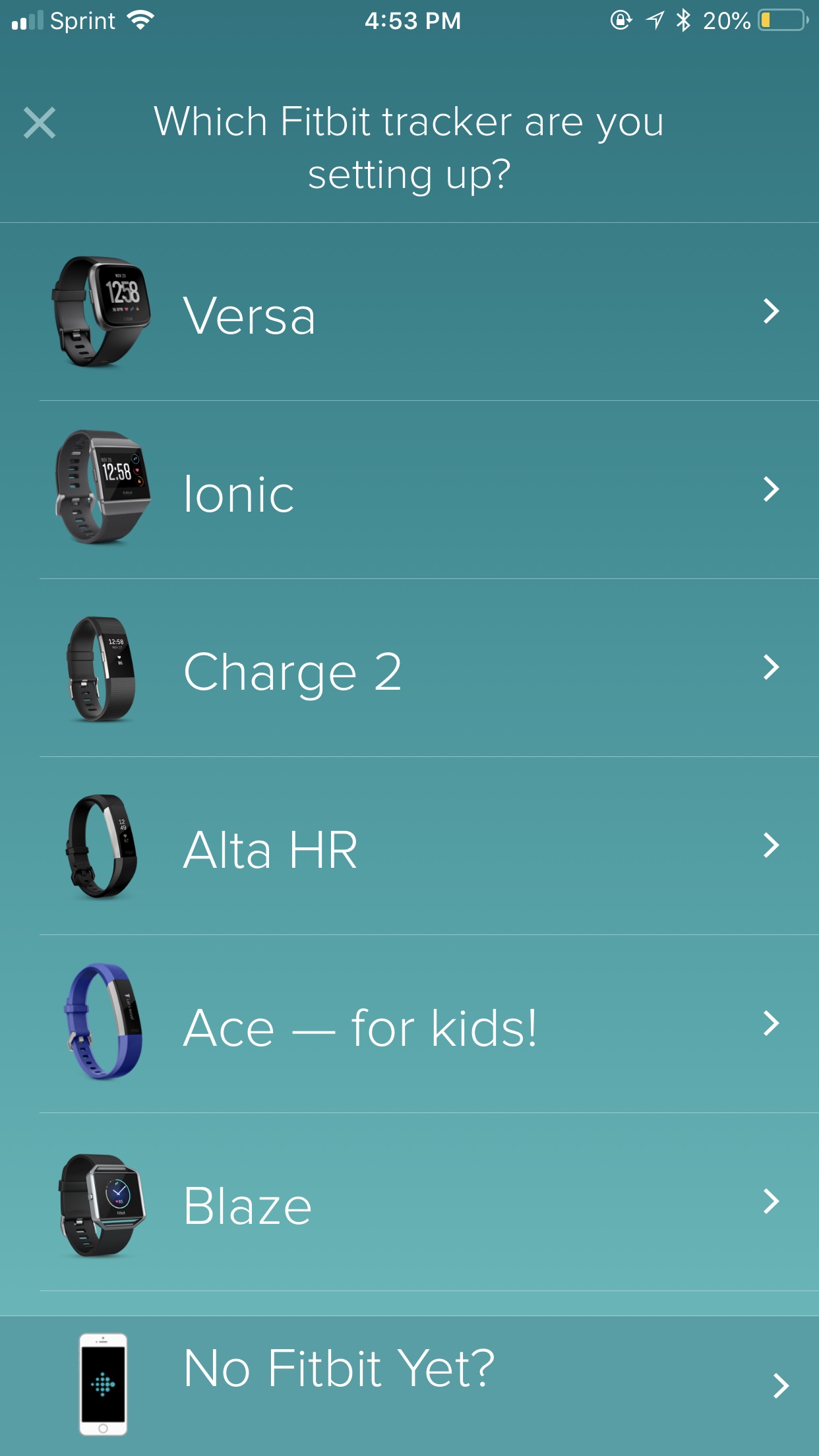
:max_bytes(150000):strip_icc()/Appl_watch_Fitbit_03-444be629486d482c85239237d1305ef5.jpg)

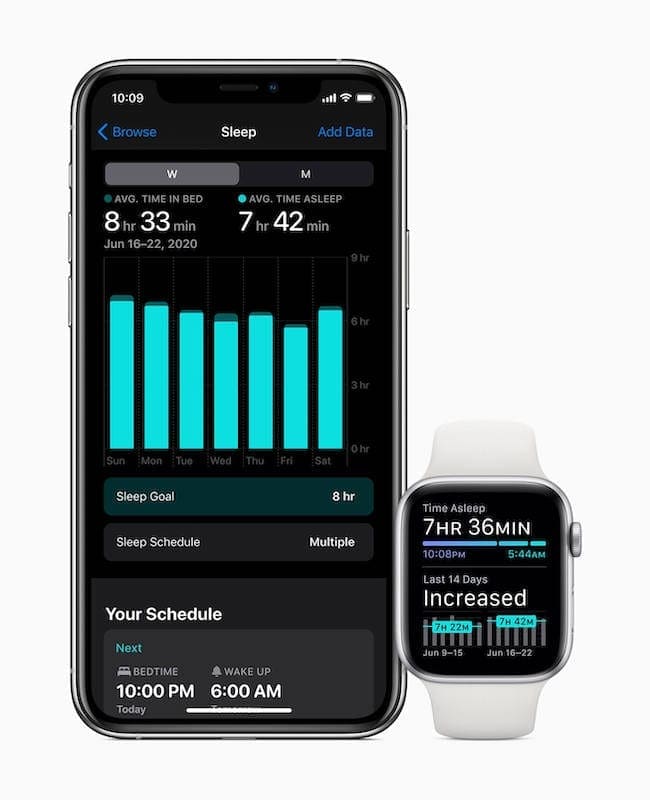

:max_bytes(150000):strip_icc()/AppleWatchVsFitbit3-cc726b27645544afbce78e9f7edf543a.jpg)
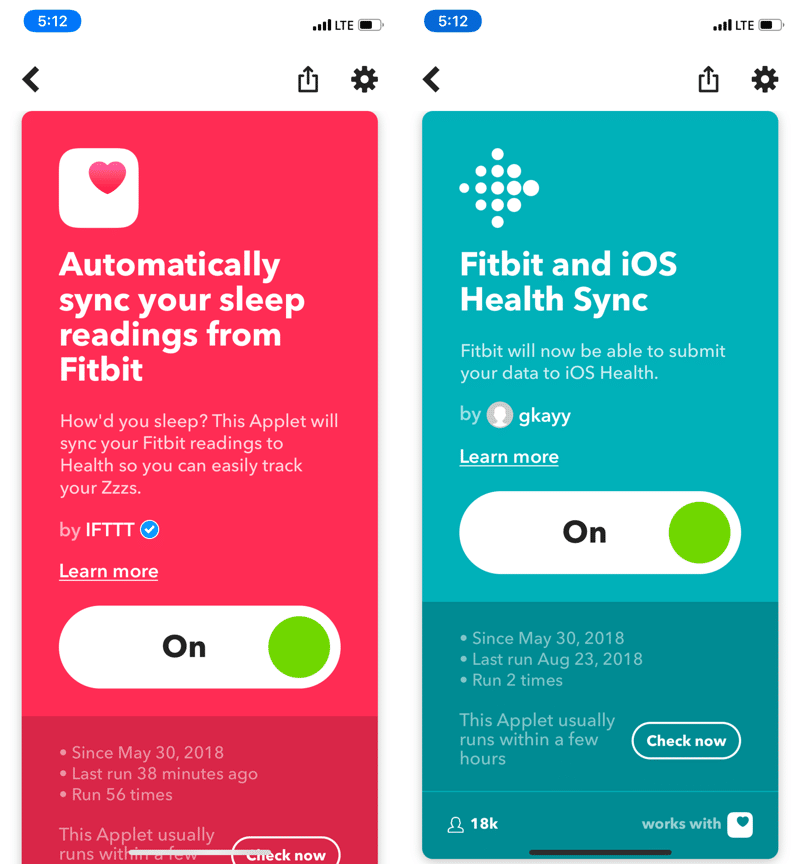

:max_bytes(150000):strip_icc()/Appl_watch_Fitbit_06-6f5bac82cd4a4682a9691d6359ca2232.jpg)
